On 20th July 1969, history was made when astronaut Neil Armstrong became the first person to step foot on the moon, proclaiming the now immortal phrase, ‘That’s one small step for a man, one giant leap for mankind,’ while doing so. With the 50th anniversary of this momentous historic event approaching this month, what better time to showcase the Times Atlas of the Moon as the Archive Item of the Month.
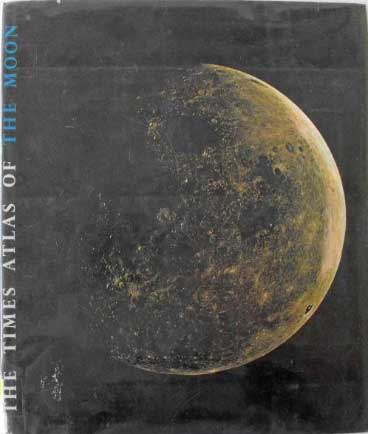
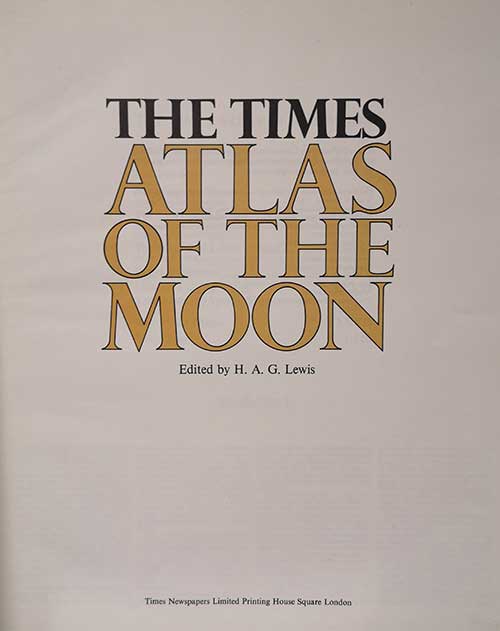
Published by The Times in the same year as the moon landing, the atlas contains an incredible 110 pages worth of maps detailing mountain ranges, valleys, oceans and seas, created by Bartholomew and Sons. Did you know that the highest point on the moon is 1983 metres higher than Everest, but its highest mountain – Mons Huygen – is only 5,500m high? These fascinating maps are preceded by 37 pages of introductory material which includes information on the history of mapping the moon as well as the contemporary modern techniques for doing so.
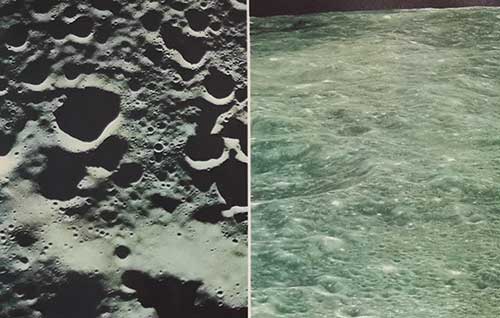
Information on the lunar landscape including photographs taken during the successful Apollo 11 mission is also included, in addition to a key to the maps, which have been based on the 1:1,000,000 Lunar Charts produced by the United States Air Force Aeronautical Chart and Information Centre.
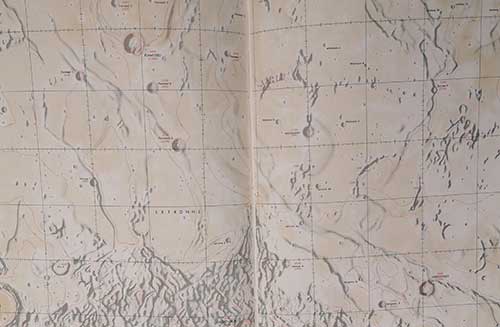
An estimated 600 million people tuned into the TV or radio on July 20th 1969 to witness the moon landing; the historical significance was not lost on us, and its impact has been immeasurable with the resulting innovations in science and technology shaping our modern world. This year the world prepares to remember this significant event with festivals, exhibitions, live streaming events and documentaries. Here in the archive we hope by sharing the Times Atlas of the Moon you will be inspired to read more about this historic event and ponder what the future holds for space programmes.
This book may no longer be in print, but our latest books The Moon and Moongazing will whet your appetite for all things lunar.
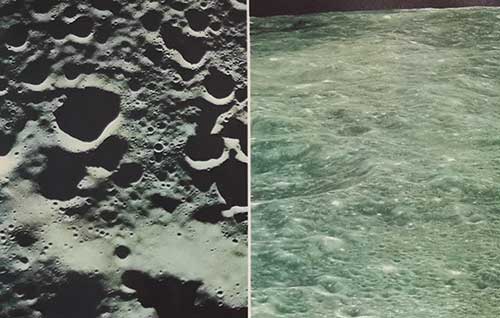



collins_dictionary_official
The home of living language. #wotd #wordlovers #collinsdictionary
Read our word of the week definitions and blog posts: